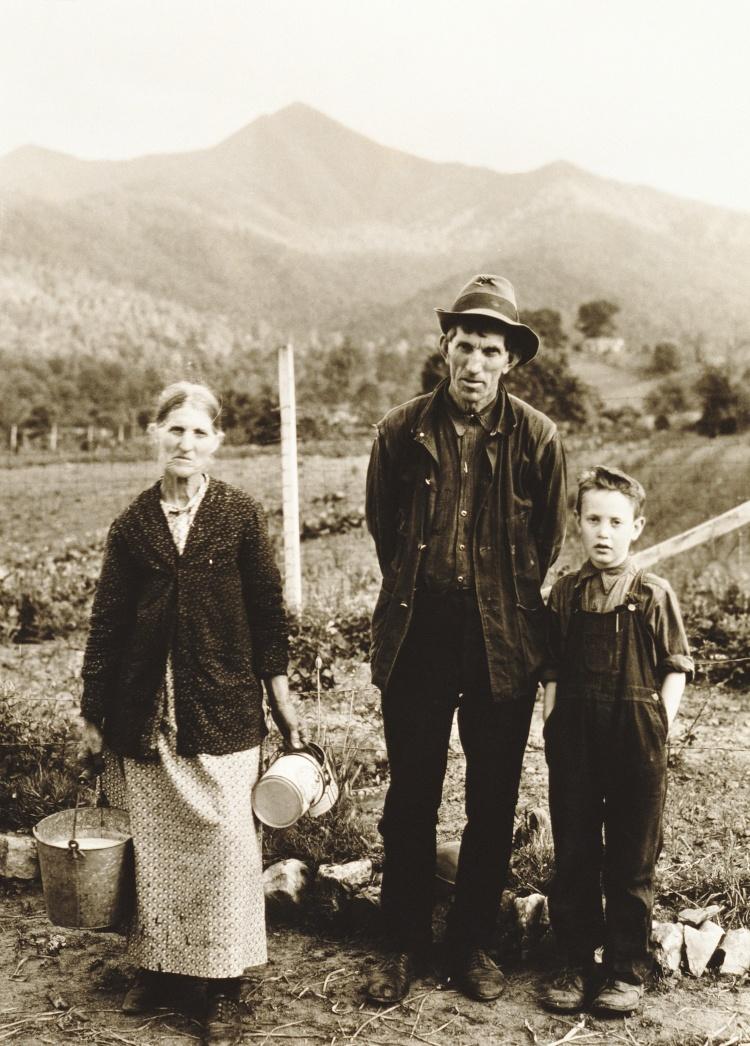


Sharecropping as Slavery (2:03)
The Complications of Sharecropping (1:57)
Reflections on Sharecropping (2:18)
The System of Sharecropping (2:07)
Mission: The Equal Justice Initiative is committed to ending mass incarceration and excessive punishment in the United States, to challenging racial and economic injustice, and to protecting basic human rights for the most vulnerable people in American society.
Founded in 1989 by Bryan Stevenson, a widely acclaimed public interest lawyer and bestselling author of Just Mercy.
During the 1930s about one-half of all children went to school in rural areas, where the proportion of children to adults was higher than in the cities. ...
They also had fewer resources. The states with the highest birth rates—Texas, Louisiana, Virginia, Tennessee, Georgia, Kentucky, North Carolina, South Carolina, Alabama, Mississippi, and Arkansas—also had the highest levels of poverty in the nation and the lowest expenditures on education. Rural schools on average spent about half what urban schools spent per pupil. In 1930 Arkansas spent $33.56 per pupil per year, while New York spent $137.55 and the nation as a whole spent $76.70.
DEPRESSION
Of all the schools affected by the Great Depression, already-underfunded rural schools suffered the worst. As farmers went broke and land values plummeted, property taxes fell. Unable to raise funds to continue operation, rural school districts cut teacher salaries, stopped buying supplies, or simply ceased operations. Iowa cut teachers' salaries by 30 percent to a mere $40 per month. By 1934 almost three hundred thousand rural teachers earned less than the National Recovery Administration (NRA) minimum wage of $650 per year. Many rural school districts revived the old practice of "boarding round" teachers—offering them bed and board rather than wages. Arkansas reduced the school year to less than sixty days for three hundred schools. By 1 April 1934 nearly twenty thousand American schools had closed, affecting more than one million students. Ten states reduced the school year to less than three months; twentyone others cut the school year to less than six months.
... . Large school districts were consolidated and made cost effective. ...Declining rural populations meant available resources were shared by fewer students. For rural migrants, however, a move from the homestead to agriculturally productive regions such as California or Florida often ended their formal education. Migrant agricultural workers remained unschooled or poorly schooled well into the 1970s.